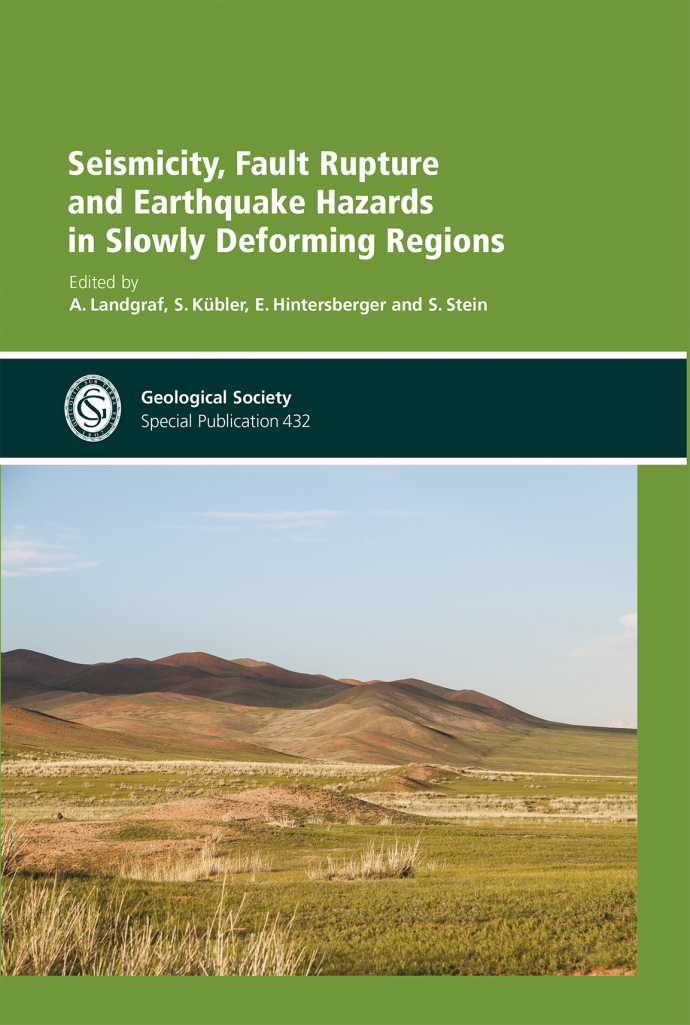
It’s a book!
Sometimes, things need time to evolve. And when they finally arrive, all laborious work and cumulated frustration is almost immediately forgotten in a flash of joy, a little bit of pride, and a lot of relief. What sounds pretty pathetic here is a summary of the process that lead to the recent Geological Society of London Special Publication 432: Seismicity, Fault Rupture and Earthquake Hazards in Slowly Deforming Regions. While we will mostly advertise the volume, which should be of broad interest to the Paleoseismicity community (so please buy it, like it, share it!), we would also like to share some thoughts about why four years passed between submission of the volume proposal at the end of 2012 to seeing the book finally in the shelf at the beginning of 2017. more
